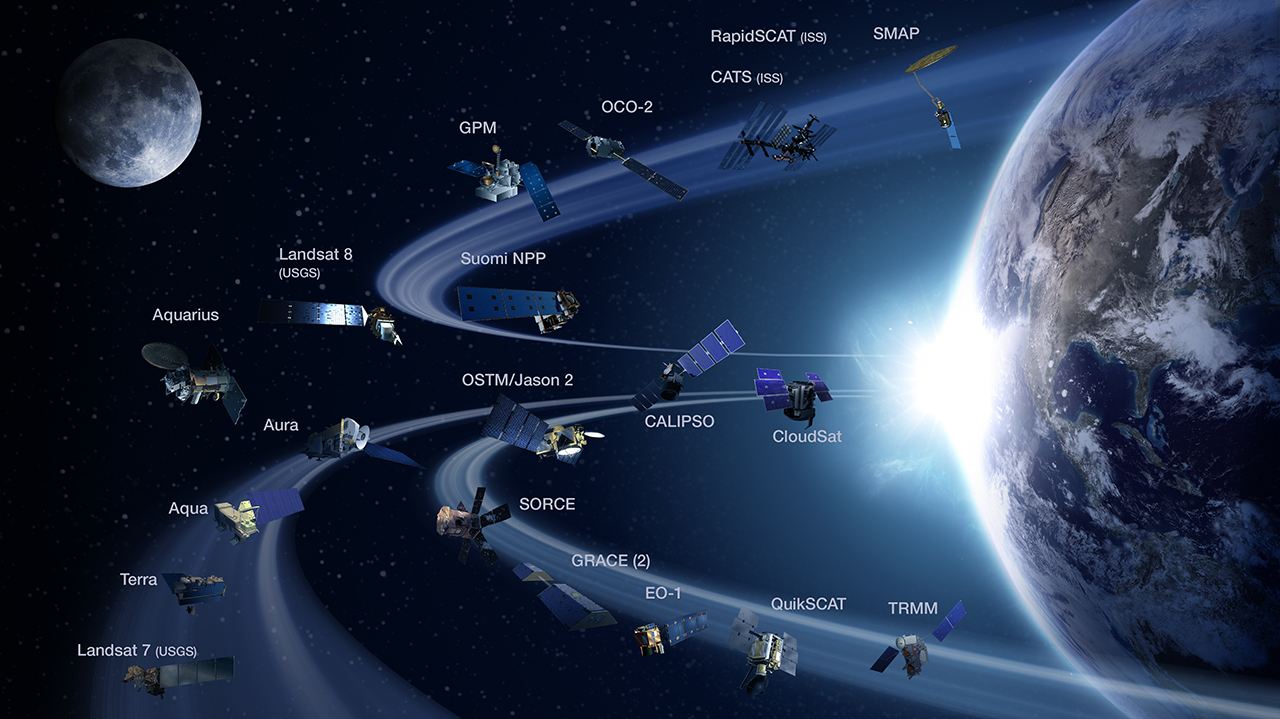NASA Earth Science on:
[Wikipedia]
[Google]
[Amazon]

 NASA Earth Science, formerly called NASA Earth Science Enterprise (ESE) and Mission To Planet Earth (MTPE), is a
NASA Earth Science, formerly called NASA Earth Science Enterprise (ESE) and Mission To Planet Earth (MTPE), is a

 NASA Earth Science, formerly called NASA Earth Science Enterprise (ESE) and Mission To Planet Earth (MTPE), is a
NASA Earth Science, formerly called NASA Earth Science Enterprise (ESE) and Mission To Planet Earth (MTPE), is a NASA
The National Aeronautics and Space Administration (NASA ) is an independent agency of the US federal government responsible for the civil space program, aeronautics research, and space research.
NASA was established in 1958, succeedi ...
research program "to develop a scientific understanding of the Earth
Earth is the third planet from the Sun and the only astronomical object known to harbor life. While large volumes of water can be found throughout the Solar System, only Earth sustains liquid surface water. About 71% of Earth's surf ...
system and its response to natural and human-induced changes to enable improved prediction of climate, weather, and natural hazards for present and future generations".
Its director was Michael Freilich (2006–2019).
NASA supports research in the Earth Sciences
Earth science or geoscience includes all fields of natural science related to the planet Earth. This is a branch of science dealing with the physical, chemical, and biological complex constitutions and synergistic linkages of Earth's four spher ...
and, as part of its Earth Observing System
The Earth Observing System (EOS) is a program of NASA comprising a series of artificial satellite missions and scientific instruments in Earth orbit designed for long-term global observations of the land surface, biosphere, atmosphere, and oceans ...
(EOS), launches and maintains Earth observing satellites to monitor the state of the climate, atmospheric chemistry, ocean and land ecosystems. It was a NASA scientist, Dr. James Hansen
James Edward Hansen (born March 29, 1942) is an American adjunct professor directing the Program on Climate Science, Awareness and Solutions of the Earth Institute at Columbia University. He is best known for his research in climatology, his 1 ...
, who first alerted the world to the dangers of global warming
In common usage, climate change describes global warming—the ongoing increase in global average temperature—and its effects on Earth's climate system. Climate variability and change, Climate change in a broader sense also includes ...
due to greenhouse gases
A greenhouse gas (GHG or GhG) is a gas that absorbs and emits radiant energy within the thermal infrared range, causing the greenhouse effect. The primary greenhouse gases in Earth's atmosphere are water vapor (), carbon dioxide (), meth ...
emitted by human burning of fossil fuels. Earth Science research also provides the foundations of understanding for the search for extraterrestrial life through the NASA Astrobiology Institute
The NASA Astrobiology Institute (NAI) was established in 1998 by the National Aeronautics and Space Administration (NASA) "to develop the field of astrobiology and provide a scientific framework for flight missions." In December 2019 the institut ...
(NAI), in which the focus is often on the extreme conditions for life to survive.
References
NASA programs Earth observation projects Earth sciences {{space-stub